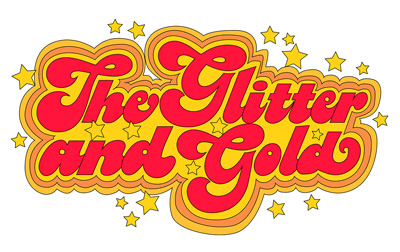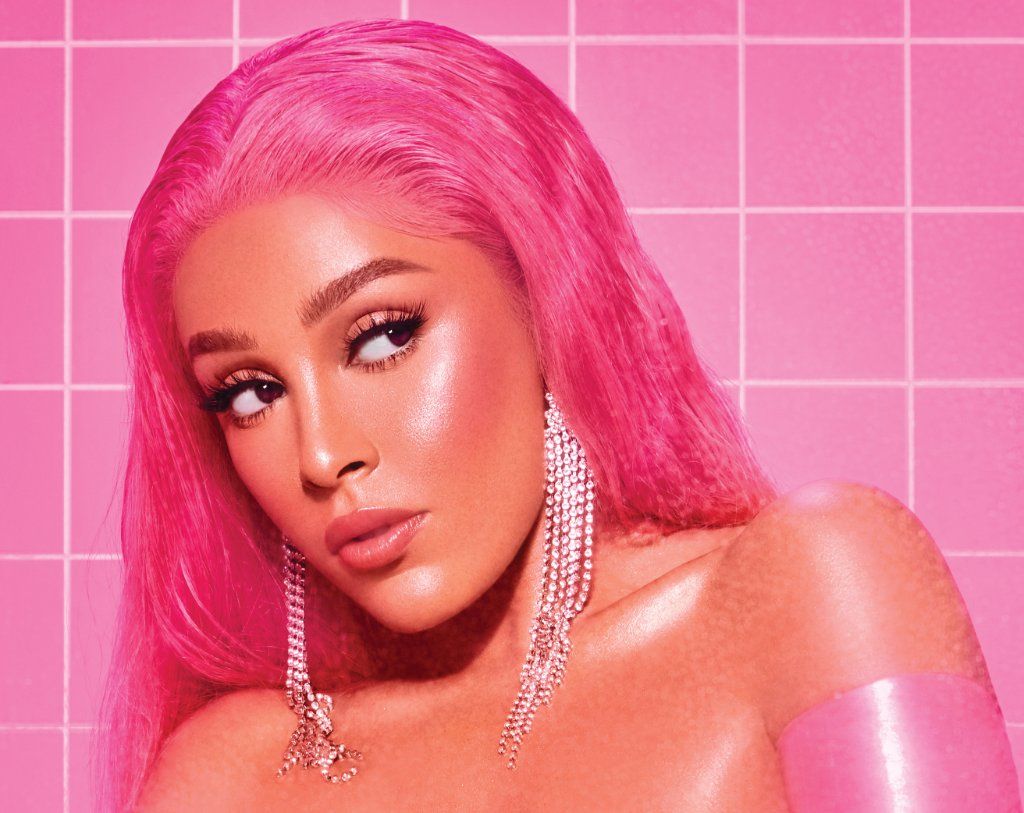As the owner of a local record store, I often wonder how many active artists are part of the Brisbane music scene. While insightful books like Pig City and Nowhere Fast: Punk and Post-punk Brisbane 1978-1982 have explored some aspects of this scene, no exhaustive list of musicians or local labels has ever been compiled.
To tackle this question, I turned to APRA AMCOS, an organisation that helps music creators collect royalties for their songs and sound recordings. With over 119,000 members worldwide, I conservatively speculate that around 80% reside in Australia, giving us approximately 95,200 members across the country. As Brisbane’s population of about 1.2 million—roughly 4.6% of Australia’s total—I further speculate that around 4,390 APRA AMCOS members live in Brisbane.
Uncovering the Total Number of Active Musicians
From my experience, not every musician in Brisbane is an APRA AMCOS member. As a result, I guess there are as many as 10,000 musicians active in Brisbane. To clarify, an active musician here is anyone who lives in the city, plays an instrument, produces music, DJs, or frequently sings and performs in public. With this definition in mind, I began compiling a list of musicians.
Exploring Diverse Sources
To gather data, I collect information every day. I also explore platforms like Triple J Unearthed and Bandcamp. Additionally, I scour concert flyers around town and look for band stickers. Moreover, I attend local gigs, check ARIA and AIR charts, and consult lists of music teachers and university faculties.
Insights from recording studios, like Marley Luske’s Alchemix in West End, help deepen my understanding. As does my friend Marek Rygielski‘s YouTube documentary channel Blend 42, which showcases underground music. Furthermore, I examine the rosters of local record labels like 4000 Records and take note of more than 100 Brisbane artists monitored on the music data website Chartmetric. Community radio station 4ZZZ provides a page of musician subscribers and events organized by QMusic add to my knowledge. Finally, I engage in conversations with friends who make music, including Andrew Boyd of Chivalry.
Progress and Initial Findings
As of now, two months into the project, I have logged over 3,000 Brisbane musicians. Although not every entry is fully vetted, this serves as a promising foundation for analysis. While examining the data, I notice some biases in my collection method. Notably, I have focused heavily on indie, jazz, punk, experimental, and classical music. However, genres like blues, Latin music, and folk specific to certain communities in Brisbane, as well as the vibrant hip-hop scene, are underrepresented.
In addition, I soon realized in making the list that I hadn’t included people who are children’s musicians or Salvation Army marching bands. Even though I don’t listen to either, I conducted research to provide a realistic view of music-making in Brisbane. A study of cover bands and buskers also reveals a vibrant part of the music scene rarely acknowledged. Throughout this project, I have come to appreciate the necessity of treating each artist equally. Whether you are a member of Powderfinger or the charming gentleman playing steel drums outside the old Brisbane casino, each counts as one entry. For the record, the steel drum busker is known to friends and family as Desmond Caulder.
Analyzing Genre Representation in The Brisbane Music Scene
Upon analyzing the data, distinct patterns emerge. A keyword count of my active Brisbane musicians list shows a significant presence of rock (1,011 entries, or 21%), followed by indie (581, or 12%) and pop (437, or 9%). In addition, classical music holds a strong position (352, or 7%), alongside jazz (306, or 6%), punk (303, or 6%), and electronic music (243, or 5%).
Comparing with Recorded Media at Glitter Records
To better understand how these findings I looked at the recorded media for sale at my shop, Glitter Records. We have over 15,000 individual titles. My inventory shows a strong focus on pop (4,751 listings), rock (4,127), and classical (3,189)—genres that reflect the popularity of these styles of music in the Brisbane music scene. Interestingly, while folk, world, and country music combined for 2,377 entries, and electronic music for 2,102, these genres are less visible among active artists. Jazz remains prominent in both contexts.
This comparison highlights the dynamics of the local scene, revealing areas for growth, particularly in genres like hip-hop (681) and blues (402), which are underrepresented among the musicians I’ve listed. It’s also worth noting that rock bands typically have three or more members, accounting for the roles of drummer, guitarist, bassist, and vocalist. DJs and electronic producers often perform solo. Additionally, a symphony orchestra or choir may have dozens of members at any given time, so the numbers here may not tell the whole story.
The Benefit of Being Unique
If you’re a musician who doesn’t fit neatly into these popular categories, I have some encouraging news for you. My data shows that being different can often be an advantage. For example, those who sing at Turkish weddings appear to have a more profitable niche than many heavy metal bands or indie-rockers.
In fact, in these less-represented areas of music, I’ve found some of the most interesting gems and even old friends I hadn’t seen in years! These artists highlight the rich diversity of Brisbane’s music scene and underscore the importance of expanding our focus beyond the mainstream.
Future Efforts to Document The Brisbane Music Scene
With each passing day, my understanding of Brisbane’s musical landscape deepens. My research not only highlights the variety of genres present but also shows the incredible creativity of many artists less visible in the mainstream. Ultimately, this journey is just beginning, and I am eager to refine my findings, fact-check the entries, and create a more comprehensive reflection of Brisbane’s vibrant music community.
One more thing. As I make this list, I also compile other information on cultural institutions. For instance, one key area includes record labels, both past and present. While I have not verified each one, most are certainly linked to Brisbane’s in some way.
A List of Record Labels Active In The Brisbane Music Scene (Past and Present)
- 4000 Records
- 8 Ball Audio
- Able Label
- AirLock Records
- Aisle 6 Records
- Bedroom Suck Records
- Bent Records
- Bonefinger Records
- Bottlenose Records
- Breakdance The Dawn
- Brisbane Music Graveyard
- Centre Source Records
- Cerebral Meltdown Records
- Col
- Cubbyhouse
- Dew Process
- D76 Records
- Drty Shdws Prjkt
- Dub Temple Records
- Essential Minerals
- Eternal Soundcheck
- Exist. Recordings
- False Peak Records
- Galactic Granny Records
- Gimme Gimme
- Grog Records
- Green Chimney Records
- Grevillea Records
- GumShoe
- Hydrofunk Records
- Hypnosis Records
- KETTLE
- LCMR
- Lennox Music
- Le Sape
- Little Lunch Records
- Lost Race Records
- Mac Records
- MADE NOW MUSIC
- MereNoise Records
- Minimal Impact
- Modern Music
- Negative Guest List Records
- Never Home Records
- NGM Records
- No Gods Records
- Oracle Records
- Orange Carpet Records
- Peace
- Pig City Records
- Pimo Rekkids
- Prawn Records
- trainwreck ineffable
- RATBAG RECORDS
- REV
- Room 40
- RTD Records
- Rudekat Records
- SJW Records
- Smack Face Records
- Someone Good
- Sonic Masala Records
- Soul Has No Tempo
- Soundhive
- Starlight Recording Co
- Stone Groove
- Suitcase Records
- Sundown Records
- Sunset Records
- Swashbuckling Hobo Records
- Sweet Freedom
- Symedia
- Tenth Court
- Team Glasses Records
- Transmission Communications / Trans: Com
- Trinity
- Tropical Cancer Records
- Tym Records
- Valley Heat Records
- Valley Trash Records
- Vermilion Records
- Virgo Seven Records
- Waratah Records
- WMS Records
- Zang Records
Thank you for wandering through my thoughts with me. That’s all I know for now. I hope this information can assist your understanding of Brisbane’s unique cultural landscape.









